As electronics continue to shrink in size while becoming more powerful, one challenge becomes increasingly apparent: heat. How do we keep these devices cool? Micro cooling modules1 provide an effective solution.
Micro cooling modules1 are compact systems2 that manage heat in small electronic devices. They prevent overheating3, ensuring that electronics function optimally, which leads to better performance and longer device lifespan.
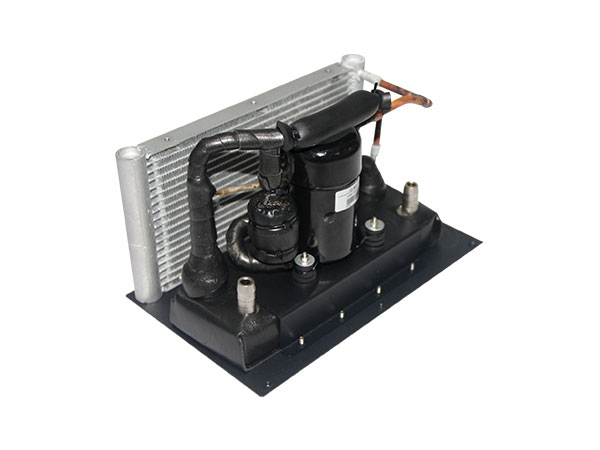
In this article, I will explore the role of micro cooling modules1, their uses, the different types of cooling systems4 available, and why cooling is essential for modern electronics5. Let’s dive deeper into how these small yet powerful systems make a big difference.
What are Micro Cooling Modules?
Micro cooling modules are small, efficient devices designed to regulate the temperature of electronic components. These modules prevent overheating and ensure that electronics perform reliably.
A micro cooling module typically uses technologies like thermoelectric coolers (TECs)6, miniature compressors, and phase change materials (PCMs)7 to absorb and dissipate heat. They offer efficient cooling while fitting into small spaces.
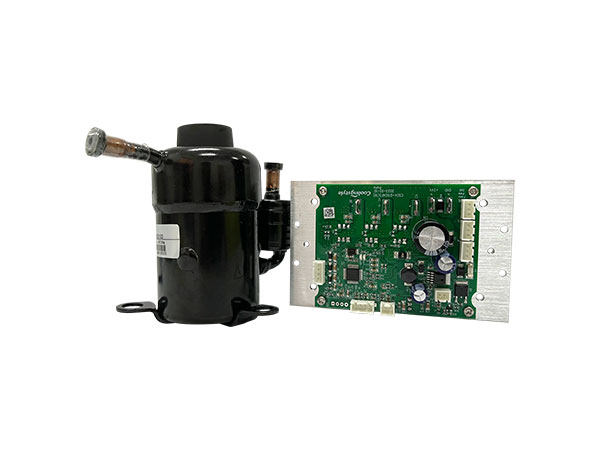
Micro cooling modules1 integrate several advanced cooling technologies8 to manage heat effectively9. Let’s break down the main components and how they contribute to cooling:
Thermoelectric Coolers (TECs)
TECs are compact devices that use the Peltier effect10 to transfer heat away from the target area. By creating a temperature difference between two materials, TECs cool one side while the other side expels the heat. They are often used in smaller devices due to their ability to function in confined spaces.
Miniature Compressors
Miniature compressors are often paired with TECs to increase the cooling capacity. These compressors circulate refrigerants to absorb heat and expel it through a heat exchanger, providing more powerful cooling for high-performance components.
Phase Change Materials (PCMs)
PCMs are materials that absorb heat as they change from solid to liquid. They store thermal energy and release it gradually, ensuring that the temperature remains stable over time. This gradual release of heat helps maintain the optimal operating temperature of electronics.
By combining these technologies, micro cooling modules1 ensure efficient heat dissipation, preventing components from reaching critical temperatures.
What are Micro Cooling Modules Used For?
Micro cooling modules are used in a wide range of devices where heat management11 is crucial. Their compact size and efficient performance make them ideal for various applications.
From smartphones to medical equipment, micro cooling modules1 are found in devices where temperature control12 is essential. They protect sensitive components from heat damage and improve overall device functionality.
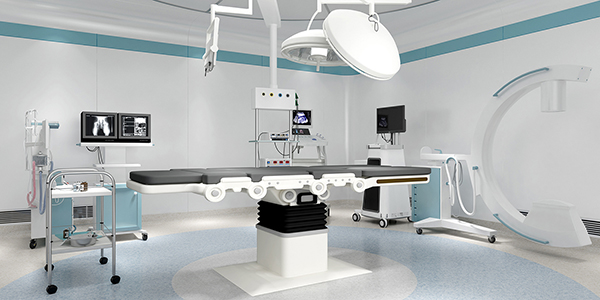
Micro cooling modules1 are used in industries that rely on compact, high-performance devices. Here are some key applications:
Consumer Electronics
Smartphones, laptops, and tablets generate significant heat from their processors and batteries. Micro cooling modules1 ensure these devices run smoothly without overheating, preventing performance drops and potential hardware damage.
Medical Devices
In medical applications, precision is critical. Devices like MRI machines, portable diagnostic tools, and wearables require stable operating temperatures to maintain accuracy and safety. Micro cooling modules1 ensure that these devices perform optimally in often temperature-sensitive environments.
Automotive Electronics
Modern vehicles are equipped with advanced electronics for navigation, safety systems, and communication. Micro cooling modules1 help manage heat in these systems, ensuring reliable performance in all driving conditions.
Renewable Energy Systems
Photovoltaic systems and solar panels generate heat, which can reduce their efficiency. Cooling modules maintain optimal temperature levels, improving energy output and the longevity of the system.
By keeping electronics cool, micro cooling modules help maintain reliability, performance, and efficiency across multiple industries.
How Many Types of Cooling Systems Are There?
There are various cooling systems used in electronics, each offering different advantages. Let’s take a closer look at the main types and their applications.
Cooling systems can be broadly classified into passive and active types. The choice depends on the specific needs of the device, such as size, heat output, and performance requirements.

Cooling systems are generally divided into two categories: passive cooling and active cooling. Let’s explore the differences between them:
Passive Cooling
Passive cooling relies on natural methods to dissipate heat. It typically uses heat sinks or heat spreaders to increase the surface area for heat dissipation. This system doesn’t require any power source and is most commonly used in low-power or compact devices.
Key Passive Cooling Methods:
-
Heat Sinks: Metal structures that absorb heat from components and release it into the air.
-
Heat Spreaders: Thin materials that spread heat across a larger area to improve dissipation.
Active Cooling
Active cooling involves additional components like fans, thermoelectric coolers (TECs), and liquid cooling systems that require an external power source. These systems are more effective in managing the heat generated by high-performance components.
Types of Active Cooling:
-
Air Cooling: Uses fans to direct airflow over components, ideal for moderate heat dissipation.
-
Liquid Cooling13: Uses a coolant circulated through tubes to absorb heat. This system is more efficient but more complex.
-
Thermoelectric Cooling: Uses the Peltier effect to create a cooling differential, ideal for small devices.
-
Miniature Refrigeration: Uses compressors and refrigerants to cool components. This method is highly efficient but can be more expensive.
The choice between passive and active cooling systems depends on the heat output and required performance. Passive cooling is sufficient for less demanding devices, while active cooling is necessary for high-performance or sensitive applications.
Why Do Electronics Need to Be Cooled?
Overheating14 is one of the biggest threats to the reliability and performance of electronic devices. Let’s explore why cooling15 is so essential for electronics.
As electronic components generate heat, inadequate cooling15 can lead to performance slowdowns16, component failure, or even safety hazards. Cooling ensures devices stay within the safe operating temperature range.
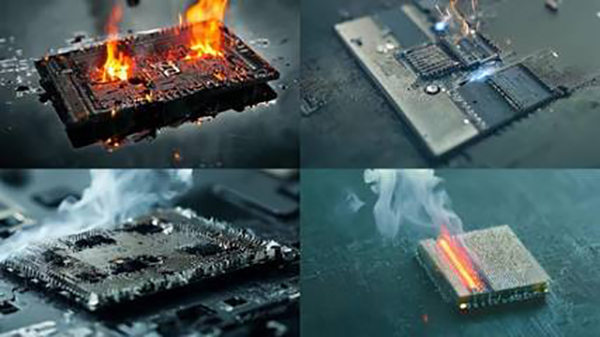
Heat is an unavoidable byproduct of electronic operation17. Whether it’s from processors18, batteries, or other components, excess heat19 can cause several problems:
Key Reasons Electronics Need Cooling:
-
Prevent Overheating20: Overheated devices can malfunction, shut down, or suffer permanent damage. Cooling prevents this by maintaining the temperature within safe limits.
-
Improve Performance: High temperatures can cause processors to throttle performance, reducing speed and responsiveness. Cooling ensures that devices run at their peak performance.
-
Extend Device Lifespan21: Constant heat exposure can degrade components over time, shortening the lifespan of electronics. Cooling helps preserve the integrity of these components.
-
Enhance Accuracy: Devices requiring precise measurements, such as medical equipment, benefit from stable temperatures. Cooling ensures that devices provide accurate results.
-
Increase Safety22: Overheated electronics pose fire hazards. Proper cooling minimizes these risks, ensuring both safety and functionality.
The need for cooling in electronics is clear—without it, devices would not perform as efficiently, last as long, or operate as safely.
How Micro Cooling Modules Enhance Efficiency in Compact Electronics
In compact electronics, efficient cooling23 is crucial for ensuring optimal performance and longevity. So, how do micro cooling modules1 enhance the efficiency of these devices?
Micro cooling modules help electronics maintain stable temperatures, preventing overheating and enabling consistent performance. This allows for better power efficiency24 and a longer lifespan for the device.
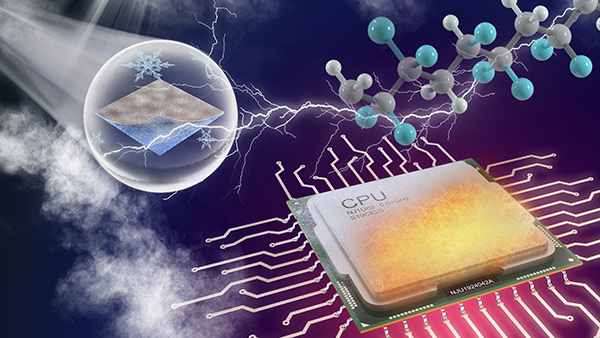
Micro cooling modules1 play a significant role in enhancing the performance and efficiency of compact devices. Here’s how:
Preventing Thermal Throttling
When a device overheats, it automatically reduces its performance to avoid damage, a process known as thermal throttling25. Micro cooling modules1 prevent this by keeping the temperature within optimal limits, allowing devices to perform at full capacity without interruptions.
Optimizing Power Consumption
Excessive heat can lead to inefficient power usage, as components work harder to maintain performance. By controlling temperature, micro cooling modules help improve power efficiency26, reducing overall energy consumption and prolonging battery life.
Extending Device Lifespan
Heat is a major cause of wear and tear in electronics. Micro cooling modules1 help reduce the stress caused by heat, extending the lifespan of components and preventing premature failures.
By preventing overheating, reducing power consumption, and extending lifespan, micro cooling modules improve the overall efficiency of compact electronics.
Conclusion
Micro cooling modules1 are essential for enhancing the efficiency and performance of compact electronics. They prevent overheating, optimize power usage, and extend the lifespan of devices, ensuring reliable operation and longevity.
-
Explore this link to understand the technology behind micro cooling modules and their importance in modern electronics. ↩ ↩ ↩ ↩ ↩ ↩ ↩ ↩ ↩ ↩ ↩ ↩ ↩ ↩ ↩
-
Discover the advantages of compact systems in electronics, including efficiency and space-saving designs. ↩
-
Learn effective strategies and technologies to prevent overheating in electronics, ensuring optimal performance and longevity. ↩
-
Exploring various cooling systems can help you choose the best solution for your electronic devices. ↩
-
Discovering the importance of cooling in electronics can enhance your knowledge of device longevity and performance. ↩
-
Learn about TECs, their functionality, and how they contribute to efficient cooling in various applications. ↩
-
Discover the role of PCMs in temperature regulation and their advantages in cooling technologies. ↩
-
Discover the cutting-edge cooling technologies that enhance efficiency and performance in various industries. ↩
-
Learn effective strategies and solutions for heat management in technology to improve performance and longevity. ↩
-
Understanding the Peltier effect is crucial for grasping how TECs function in cooling applications. ↩
-
Learn about the significance of heat management in electronics and how it affects device performance and longevity. ↩
-
Discover the critical role of temperature control in enhancing the performance and reliability of electronic devices. ↩
-
Discover the benefits of Liquid Cooling systems, known for their efficiency and effectiveness in managing heat in high-performance devices. ↩
-
Understanding the effects of overheating can help you prevent damage to your electronics and improve their lifespan. ↩
-
Exploring the importance of cooling can provide insights into maintaining optimal performance and reliability of your electronics. ↩ ↩
-
Learning about the causes of performance slowdowns can help you troubleshoot and enhance your device’s efficiency. ↩
-
Exploring this topic can provide insights into the fundamental principles of electronics and their thermal management. ↩
-
Learning about processors and their heat generation can enhance your knowledge of computer hardware and performance optimization. ↩
-
Understanding the issues caused by excess heat can help in designing better cooling solutions for electronics. ↩
-
Explore effective strategies to keep your devices cool and functioning optimally, preventing costly damage. ↩
-
Learn how proper cooling techniques can significantly prolong the life of your electronics, saving you money in the long run. ↩
-
Discover cooling solutions that not only enhance performance but also ensure the safety of your devices, reducing fire hazards. ↩
-
Learn about the importance of efficient cooling in electronics and its impact on performance and longevity. ↩
-
Discover the connection between cooling solutions and power efficiency in electronic devices for better performance. ↩
-
Understanding thermal throttling is crucial for optimizing device performance and preventing overheating issues in electronics. ↩
-
Learn about strategies to enhance power efficiency, which is vital for reducing energy consumption and extending battery life in devices. ↩
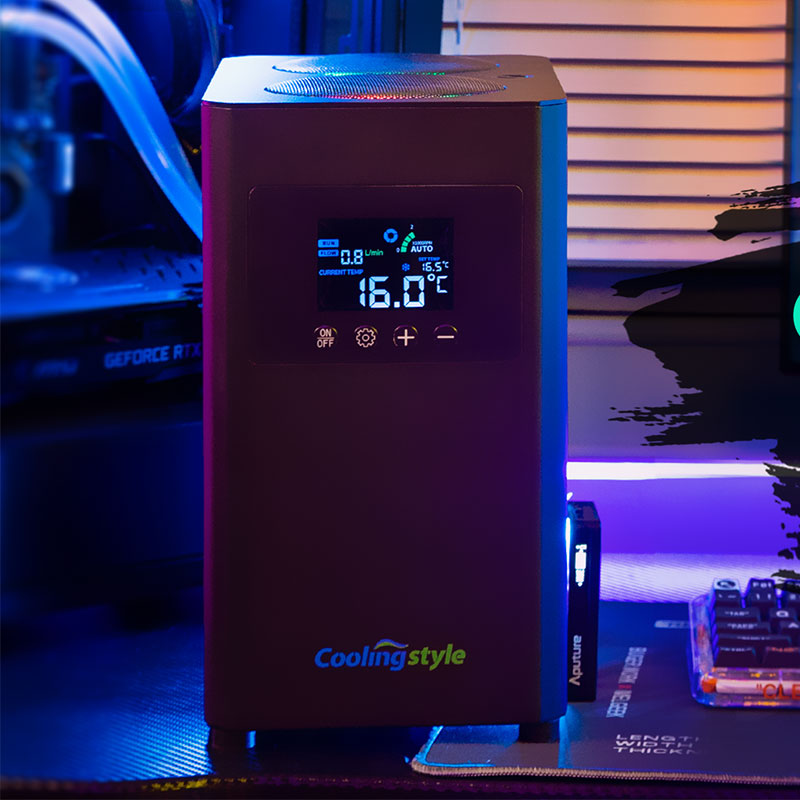
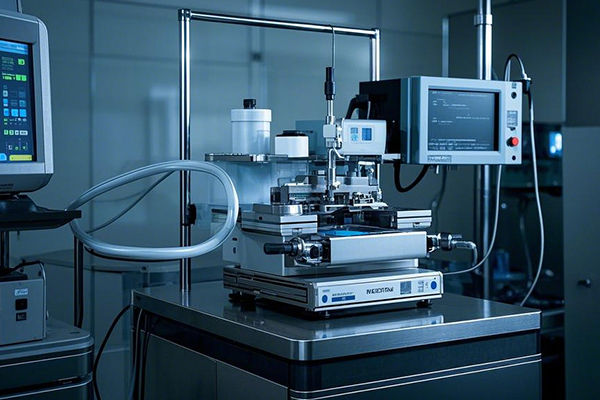

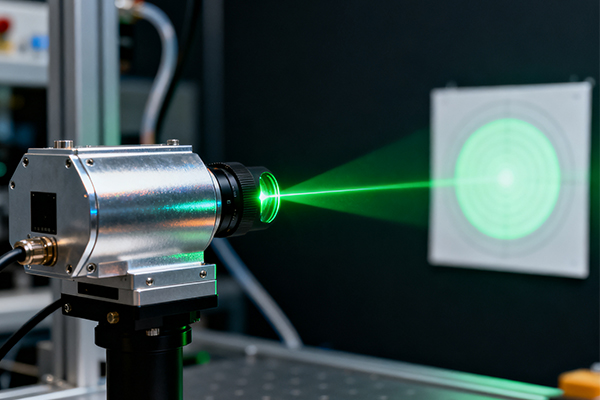


2 thoughts on “How Micro Cooling Modules Enhance Efficiency in Compact Electronics”
A very insightful article on compact chiller applications and energy efficiency. The breakdown of system comparisons is particularly useful.
Thanks for sharing this detailed post!
Thank you for your reading.